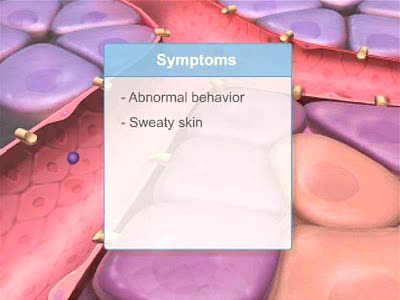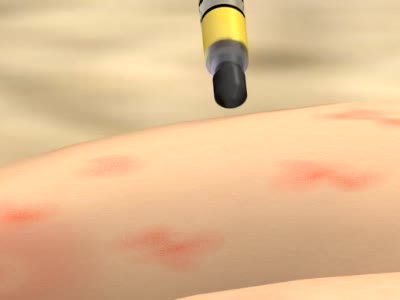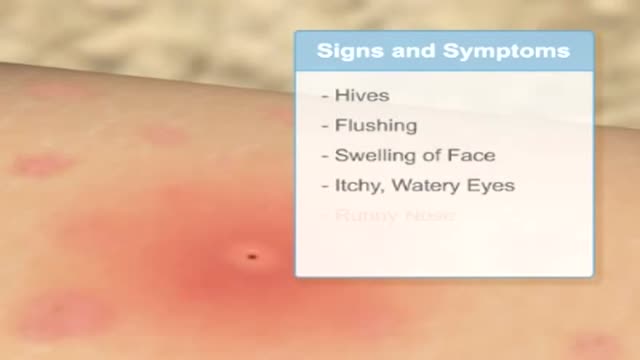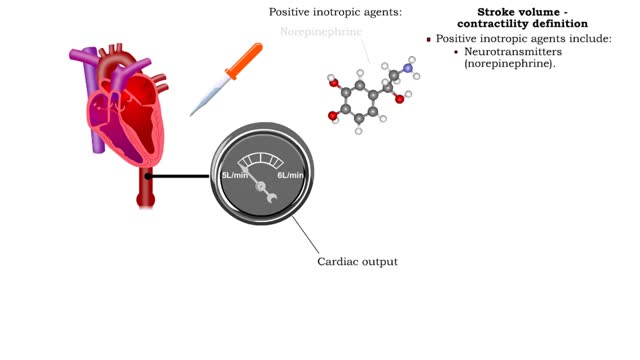Search Results
Results for: 'hormones epinephrine and glucagon'
Glucose anabolism reactions: Glycogenolysis and Gluconeogenesis
By: HWC, Views: 6996
• Glucose not needed immediately is stored as glycogen. The process that creates it is glycogenesis. • When ATP is needed for body activities, stored glycogen is broken down by a process called glycogenolysis. • Glucose can be formed through two different anabolic reactions: • Glycog...
By: Administrator, Views: 10272
The islets of Langerhans are composed of three major types of cells: Alpha cells secrete glucagon, elevating blood sugar. Beta cells secrete insulin, maintaining normal blood sugar. Delta cells secrete somatostatin, which suppresses release of glucagon and insulin. Hyposecretion or inadequa...
Glucagon (glycogenolysis and gluconeogenesis)
By: HWC, Views: 6518
• Exercise, or not having eaten recently, causes a decline in blood glucose concentration. • Low blood glucose stimulates alpha cells in the pancreatic islets to secrete glucagon. • Glucagon targets liver cells. • Glucagon causes liver cells to undergo: • Glycogenolysis, a proce...
By: Administrator, Views: 9325
An epinephrine auto-injector is a medical device for injecting a measured dose or doses of epinephrine by means of autoinjector technology. It is most often used for the treatment of anaphylaxis. The first epinephrine auto-injector was brought to market in the 1980s.
By: Administrator, Views: 10431
An epinephrine auto-injector is a medical device for injecting a measured dose or doses of epinephrine by means of autoinjector technology. It is most often used for the treatment of anaphylaxis. The first epinephrine auto-injector was brought to market in the 1980s.
Lipid catabolism - lipolysis and beta oxidation and oxidation of fatty acids
By: HWC, Views: 6910
• Digestion hydrolyzes lipids into fatty acids and glycerol. • Fatty acids and glycerol are: • Oxidized to generate ATP. • Used to produce triglycerides that are stored as energy reserves in adipose tissue. • Lipid catabolism begins with lipolysis in which lipids are broken do...
By: HWC, Views: 6757
• Heart rate is determined by the rate of depolarizations of the sinoatrial (SA) node. • Cardiac output is directly proportional to heart rate, the greater the heart rate the greater the cardiac output. • Changes in heart rate are associated with exercise, stress or injury. Nervous ...
Epinephrine/NE (heart rate, altered blood flow, glycogenolysis & bronchodilation)
By: HWC, Views: 6546
• Stressors trigger increased sympathetic stimulation from the hypothalamus to the chromaffin cells of the adrenal medulla. • This causes the immediate release of epinephrine and norepinephrine (NE). • Epinephrine/NE binds to the cardiac muscles of the heart. • Cardiac muscle cells ...
Stroke volume - contractility definition
By: HWC, Views: 6278
Contractility is the forcefulness of contraction of cardiac muscle. • Inotropic agents are substances that increase or decrease contractility (and stroke volume). • Positive inotropic agents increase contractility and will increase stroke volume and cardiac output. • Negative inotropi...
Advertisement











